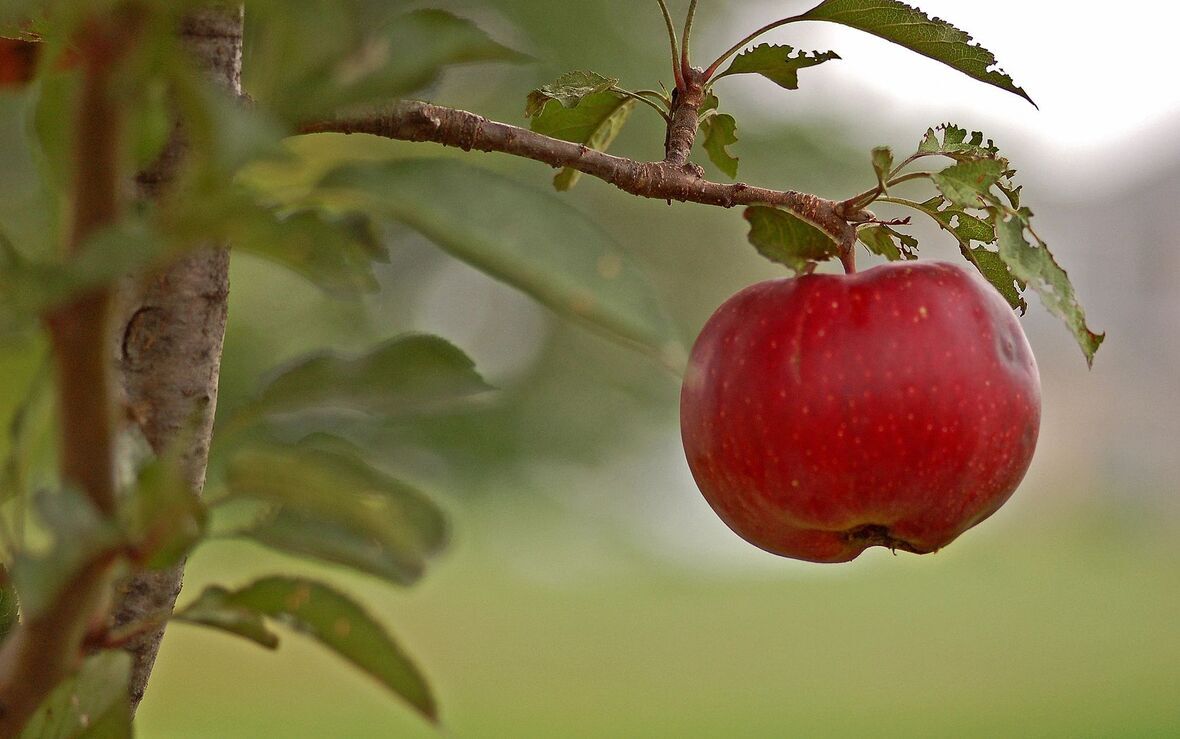This week, I’ll be continuing a series on the health benefits of certain liquids and foods that I have on a daily basis or often.
The sixth of the series, we start a series within a series- eating from the rainbow or Chakra colors. We’ll start with the red or base chakra.
The Health Benefits Of Red Fruits And Vegetables.
If you want to add more color and nutrition to your diet, you should consider eating more red fruits and vegetables. These ruby gems are not only eye-catching, but also packed with health benefits that can boost your immunity, protect your heart, and prevent some types of cancer. We will explore some of the most common and delicious red fruits and vegetables, and how they can improve your health and well-being.
What makes red fruits and vegetables red?
Red fruits and vegetables get their vibrant color from two main types of plant pigments: lycopene and anthocyanins. Lycopene is a carotenoid that gives tomatoes, watermelon, pink grapefruit, and guava their red hue. Anthocyanins are flavonoids that are responsible for the red color of strawberries, raspberries, cherries, cranberries, red grapes, red apples, red cabbage, beets, and radishes.
Both lycopene and anthocyanins are powerful antioxidants that can protect your cells from free radical damage, inflammation, and oxidative stress. Antioxidants are essential for preventing chronic diseases such as cardiovascular disease, diabetes, cancer, and neurodegenerative disorders. They can also enhance your immune system, skin health, and cognitive function.
What are the health benefits of red fruits and vegetables?
Red fruits and vegetables are rich in vitamins, minerals, fiber, and phytochemicals that can provide various health benefits. Here are some of the most notable ones:
* Heart health: Red fruits and vegetables can lower your blood pressure, cholesterol, and triglycerides, which are risk factors for heart disease and stroke. They can also improve your blood flow, prevent blood clots, and reduce inflammation in your blood vessels. According to a meta-analysis of cohort studies following 469,551 participants, a higher intake of fruits and vegetables is associated with a reduced risk of death from cardiovascular disease. Lycopene in particular has been shown to reduce the risk of heart attack and stroke in men.
* Cancer prevention: Red fruits and vegetables can inhibit the growth of cancer cells, induce apoptosis (cell death), modulate hormone levels, and detoxify carcinogens. They can also protect your DNA from mutations that can lead to cancer. Several studies have suggested that lycopene may prevent prostate cancer, while anthocyanins may prevent colorectal cancer.
* Eye health: Red fruits and vegetables can protect your eyes from age-related macular degeneration (AMD), cataracts, glaucoma, and diabetic retinopathy. They can also improve your night vision and reduce eye fatigue. Lycopene can prevent oxidative damage to the retina, while anthocyanins can enhance the function of rhodopsin, a pigment that helps you see in low light.
* Digestive health: Red fruits and vegetables can promote a healthy gut microbiome, which is essential for your digestion, immunity, metabolism, and mood. They can also prevent constipation, diarrhea, irritable bowel syndrome (IBS), inflammatory bowel disease (IBD), ulcers, and colon cancer. Fiber in red fruits and vegetables can bulk up your stool, soften it, and stimulate bowel movements. Lycopene can protect the stomach lining from Helicobacter pylori infection, while anthocyanins can modulate the inflammatory response in the colon.
How to eat more red fruits and vegetables?
Red fruits and vegetables are versatile and delicious. You can eat them raw or cooked, as snacks or meals, or as juices or smoothies. Here are some tips to incorporate more red fruits and vegetables into your diet:
 |
Keep fresh or frozen red fruits and vegetables on hand for easy access. |
 |
Add sliced strawberries, raspberries, or cherries to your oatmeal, yogurt, or cereal. |
 |
Make a salad with spinach, tomatoes, radishes, beets, and red cabbage. |
 |
Roast or grill tomatoes, bell peppers, eggplant, or mushrooms for a side dish. |
 |
Blend watermelon, pink grapefruit, or guava with ice for a refreshing drink. |
 |
Snack on dried cranberries, goji berries, or pomegranate seeds. |
 |
Bake an apple pie or a cherry cobbler for dessert. |
 |
Try new recipes that feature red fruits and vegetables. |
See you next week!


